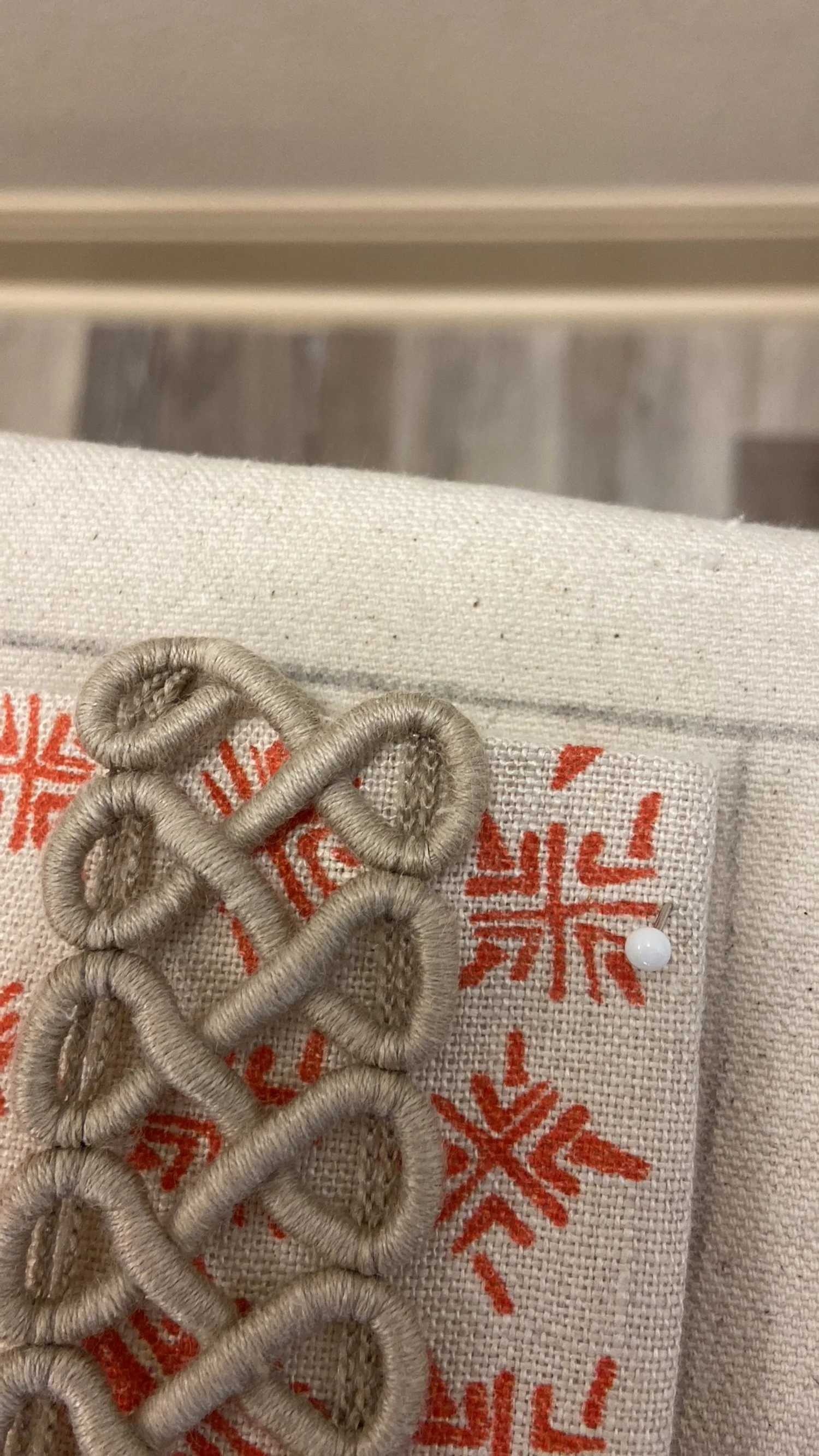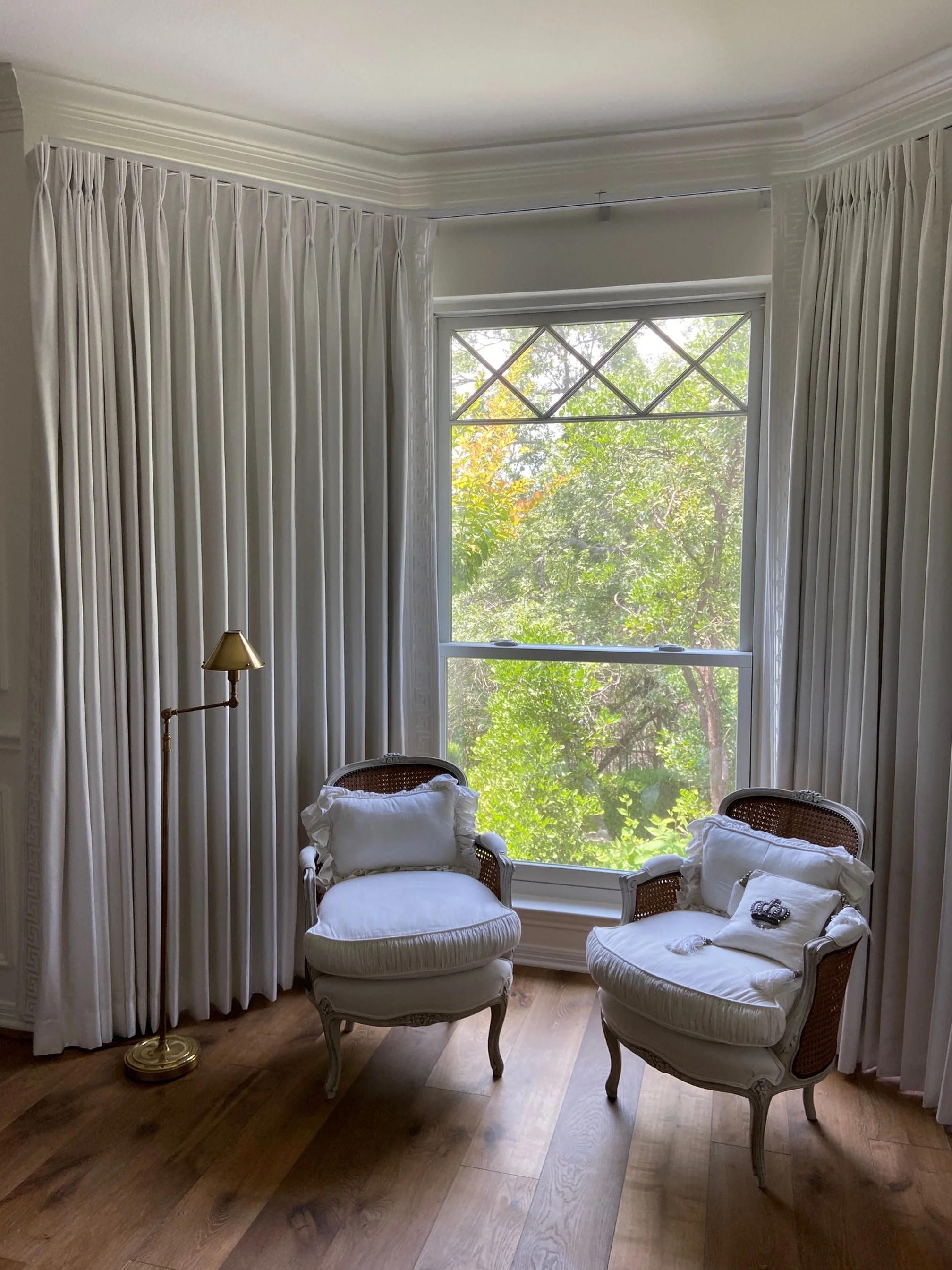Why Interior Designers Get Better Results from a Small Custom Workroom
I have been thinking a lot recently about why designers would want to choose a large commercial workroom over a local small workroom. I mean, the appeal of a fast turn-around found in many large commercial workrooms is appealing. But at what cost? That benefit is quickly overshadowed by a number of benefits of working one-on-one with a small workroom.
Bringing your vision to life more accurately
Sometimes a conversation is worth a million words, drawings, or work orders. With a small workroom you get to have that one-on-one conversation, not with a middleman, but with the fabricator who understands how your project will be made. And our conversation will not end at the time of your order.
I will contact you during the fabrication process and send you pictures along the way. If any questions arise, I do not just apply a standard answer, I involve you directly. Rest assured, I will let you know if I think something isn’t quite right or may not reflect your vision.
In the below pictures, you can see where we did just that. The initial plan was to put this trim 1/4” to 1/2” from the lead edge. After seeing where the pattern fell on the side hem, I immediately talked with the designer to confirm the placement. It’s a good thing I did too, because we decided to base it on the pattern, not a measurement that could be recorded in a work order.
Creating superior results
Small workrooms take more time paying attention to the details. There is not a work order out there that will have a blank to fill in that will address every aspect of every custom project. Sometimes work orders do not use the same terminology that you do and that can cause confusion when working with some workrooms. I will refer back to our conversations and your work order (if you supply one) to make my own work order that will have notes written in a way that conveys exactly what you want the end-result to be.
Solving problems that factories and middlemen can’t
Sometimes fabric arrives damaged. Sometimes a wrong color is sent. It doesn’t happen often, but when it does it will be a huge problem if it isn’t caught before cutting.
If you have a CFA that you have approved, I always like to have it on hand so I can compare it to the fabric when it arrives. It ensures the correct side of the fabric is used and that the bolt’s dye lot matches what you are expecting.
Recently a silk fabric I worked with had a CFA that did not at all match the texture of the bolt that we were sent. We were able to fix the problem before cutting into the fabric. Had we continued with fabrication not knowing what the expected look of the fabric was, it would have been a disaster at install day.
Offering fabrication advice that enhances your concept
With all the AI images out there, I am more often seeing concepts that are not physically possible. When that happens, I will point it out and help you edit the plan to get it as close to humanly possible to the look you want.
Not all fabrics will make beautiful end products. I love helping my designers round down their fabric selections based on the fabric content and how it will work in the application they are specifying.
Customer service employees often have limited fabrication experience, and will not bring the same insight to the table as fabricator from a small workroom.
Choosing a small workroom means you will get the added bonus of talking directly with the person who doesn’t just have experience seeing how a product is made, but one who actually makes your project and knows how to prevent many issues that may arise and how to solve them when they do.
If you are ready to try a small workroom, give us a try. I am happy to chat about expectations and to share my portfolio any time.




